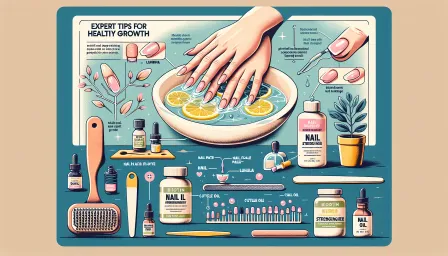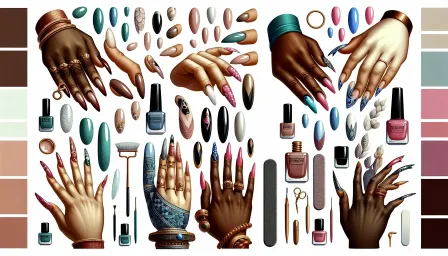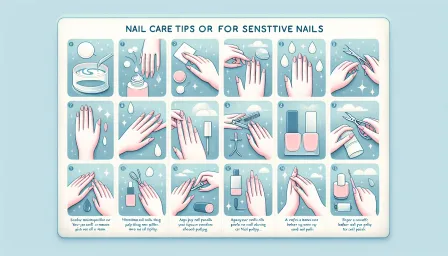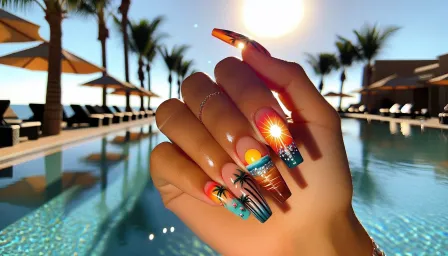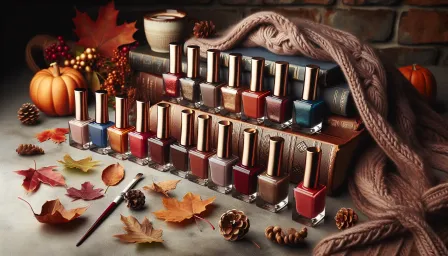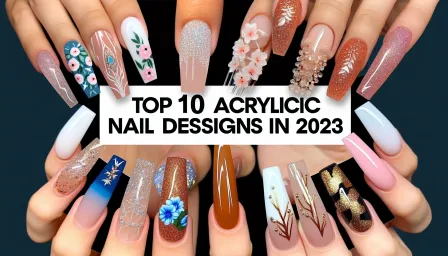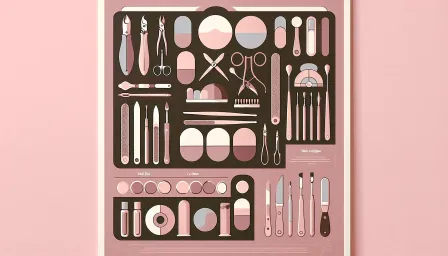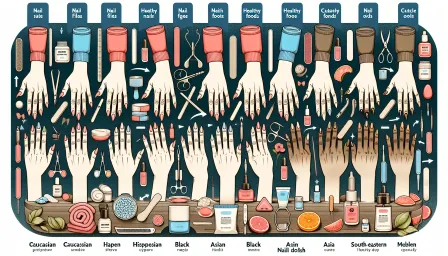Expert Tips on Nail Maintenance for Short Nails: Keep Them Healthy and Beautiful
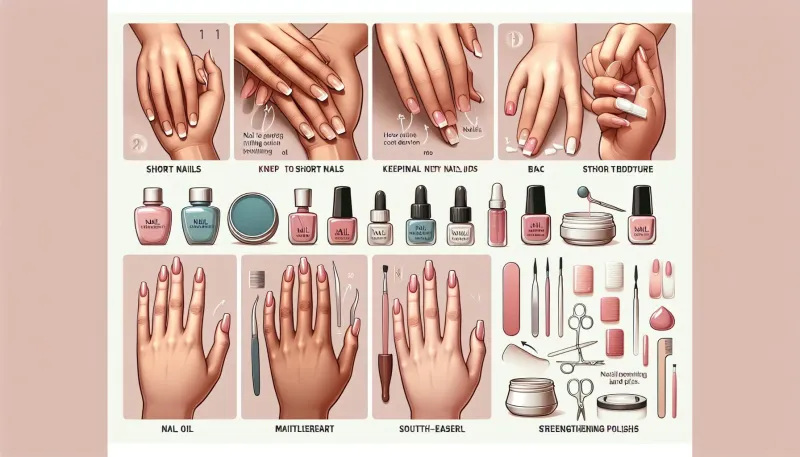
Learn expert tips on nail maintenance for short nails to keep them healthy and beautiful. Our comprehensive guide includes best practices and solutions for common issues.
Short nails can be both stylish and practical, making them a preferred choice for many. However, maintaining them can sometimes be a challenge. This article is your go-to guide for everything you need to know about nail maintenance for short nails, ensuring they stay healthy and look their best. We'll tackle various tips, tricks, and practices that you can incorporate into your routine. Let's dive in!
Understanding the Basics of Nail Health
Before diving into specific maintenance tips, it's essential to understand the basics of nail health. Your nails are made of a protein called keratin, which is also found in your hair. Keeping your nails healthy involves attention to diet, hygiene, and potential protective measures.
Diet and Nutrition
A balanced diet rich in vitamins and minerals is crucial for nail health. Nutrients like biotin, vitamin E, iron, and zinc can strengthen your nails and promote growth.
- Biotin: Found in eggs, nuts, and seeds, biotin promotes nail growth and thickness.
- Vitamin E: Present in leafy greens and whole grains, it helps in nail strength and preventing brittleness.
- Iron: Iron deficiency can lead to spoon-shaped nails. Ensure adequate intake through foods like red meat, legumes, and spinach.
- Zinc: Found in seafood and dairy products, zinc plays a vital role in nail repair and regeneration.
Daily Nail Care Routine
An effective daily nail care routine can prevent many common nail problems. Here are some expert tips for maintaining your short nails:
Keep Them Clean and Dry
Always keep your nails clean and dry to prevent infections. Moist environments can lead to fungal growth, which is harder to manage in short nails. Dry your hands thoroughly after washing, and consider using a gentle nail brush for scrubbing.
Moisturize Regularly
Just like your skin, your nails need moisture to stay healthy. Apply a good quality hand cream or nail oil, focusing on the nail bed and cuticles. This step helps in keeping your nails flexible and resilient.
Regular Trimming
Regular trimming is a must for short nails. Use a nail clipper designed for your nail type and trim straight across to avoid ingrown nails. If you prefer using a file, opt for one with a fine grain to prevent splitting.
Best Practices for Nail Health
In addition to daily care, there are several best practices you can follow to keep your short nails in top condition.
Avoid Harsh Chemicals
Exposure to harsh chemicals can weaken your nails. When cleaning, using detergents, or applying nail polish removers, opt for gentler, non-acetone formulas. Wearing gloves can significantly reduce exposure.
Buffing and Filing
Buffing and filing can keep your nails smooth and free from snags, but be cautious. Over-buffing can thin out your nails, making them susceptible to damage. Use a soft buffer and minimal pressure for best results.
Cuticle Care
Healthy cuticles protect the base of your nails from infections. Avoid cutting them; instead, gently push them back using a cuticle stick after a shower when they're soft. Applying cuticle oil can also nourish and hydrate them.
Common Issues and How to Address Them
Short nails can face several issues, ranging from brittleness to discoloration. Here are common problems and expert solutions:
Brittle Nails
Frail, brittle nails break easily and can be painful. To address this, ensure adequate hydration, both topically and by drinking plenty of water. Incorporate nutrient-rich foods into your diet and consider taking supplements if necessary.
Yellow Nails
Yellow nails can result from staining, using dark nail polishes without a base coat, smoking, or underlying health issues. To restore natural color, use whitening treatments like baking soda and lemon juice. Always use a base coat before applying nail polish.
Peeling Nails
Poor diet, dehydration, and overexposure to water can cause nails to peel. Moisturizing regularly and protecting hands with gloves during chores can prevent peeling. Reevaluate your diet to ensure it's rich in essential nutrients.
Professional Treatments and When to Seek Help
While home care is essential, professional treatments can offer added benefits and address specific problems. Here’s when and why you might seek professional help.
Manicures and Pedicures
Frequent manicures and pedicures can maintain nail health, provided they're done by professionals who follow hygiene protocols. Opt for services that use high-quality products and put a focus on nail health.
When to See a Dermatologist
If you notice persistent issues like severe discoloration, significant nail changes, or signs of infection, it’s crucial to consult a dermatologist. Early diagnosis and treatment can prevent complications and ensure proper care.
Conclusion
Maintaining short nails doesn’t have to be complicated. By incorporating these expert tips and best practices into your routine, you can enjoy healthy and beautiful nails every day. Remember, consistency is key, and paying attention to your nail's needs will result in noticeable improvements over time. Here's to your short nails looking their best!




